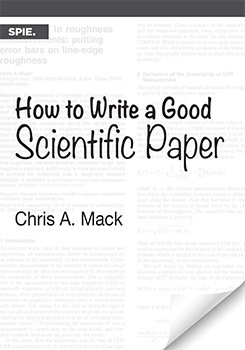|
Figures are an extremely important part of any scientific publication. It is a rare paper that contains no figures (such papers are mostly of the theoretical variety, though even a pure theory paper often benefits from a good graph). As the renowned guru of graphics Edward Tufte put it, “At their best, graphics are instruments for reasoning about quantitative information.” Because almost all scientific publications include quantitative information to be reasoned about, figures are almost always necessary. 4.1 The Goals of Using Figures As a form of communication, figures (and in particular, the graphical display of quantitative data) are uniquely suited to conveying information from complex data sets quickly and effectively. Whereas statistical analysis aims for data reduction (expressing a mass of data by a few simple metrics), graphing retains the full information of the data. Graphs take advantage of the magnificent power of the human brain to recognize visual/spatial patterns and to quickly change focus from the big picture to small details. Graphs are used for data analysis and for data communication, though only the latter application will be discussed here. Graphs are extremely popular in scientific literature3 for the simple reason that they work so well. But like all forms of communication, graphics can be used to explain and clarify but also to confuse or deceive. Thus, the first rule of graphics is a simple one: they must help to reveal the truth. Just as disorganized writing often indicates disorganized thinking, a chart that fails to tell the story of the data usually means the author does not recognize what story should be told. Thus, sufficient care should be given to the design and execution of graphics, just as in the design and execution of the written paper itself. |
|
|
-
Journals
- Advanced Photonics
- Advanced Photonics Nexus
- Biophotonics Discovery
- Journal of Applied Remote Sensing
- Journal of Astronomical Telescopes, Instruments, and Systems
- Journal of Biomedical Optics
- Journal of Electronic Imaging
- Journal of Medical Imaging
- Journal of Micro/Nanopatterning, Materials, and Metrology
- Journal of Nanophotonics
- Journal of Optical Microsystems
- Journal of Photonics for Energy
- Neurophotonics
- Optical Engineering
- Photonics Insights
- Ebooks
CITATIONS
Visualization
Excel
Data communications
Data modeling
Solids
Photomicroscopy
Statistical analysis


